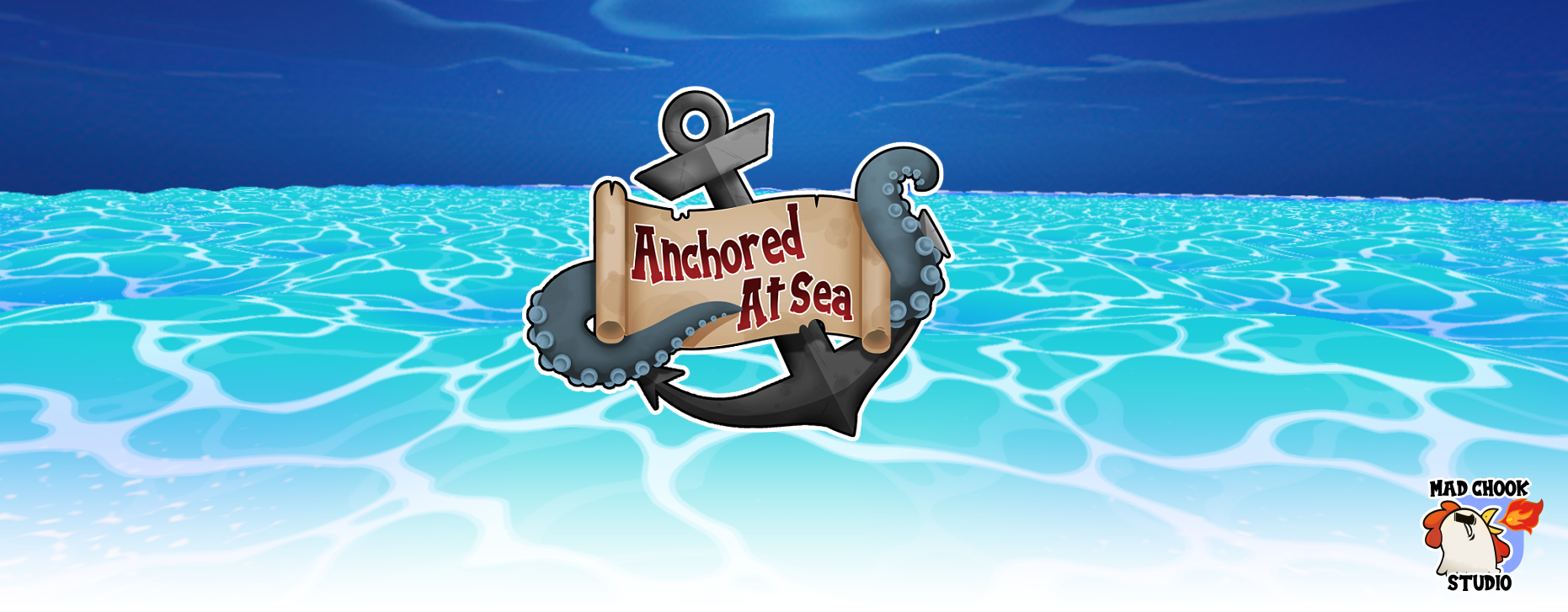Optimisation The Spice of Life
This week on Anchored at Sea, we have worked fastidiously to make sure that phones were no longer turning into hand warmers and to increase the all important frame rate.
Deep diving the web for optimised treasure
A considerable chunk of time this week has been looking for up to date practises when developing on mobile, how to best optimise features to achieve a stable frame rate and modelling and texturing practises that help to improve the frame rate and lower the heat.
Our major consensus was that poly count on models had to go down a considerable amount and water shader needed to be optimised further.
Cleaned the junk out of the seas
Water shader, oh how we love the water shader. To be very honest creating mobile-friendly water has been the bane of our existence. We have gone through 3 or 4 versions now, from ones created in house to purchased supposedly “Mobile optimised” versions. The current version of our water shader is a highly modified variant that has had a lot of extra un-used nodes removed; like cleaning garbage from the ocean.
I can see clearly now the scalings done
UI Scaling is another hate, hate relationship. Finding up-to-date documentation in Unity was near impossible during our research. We had the same consistent bug present even after following step by step guides created by Unity. Luckily, our god-teir coders were able to fix these issues. So now all Android supported phones will have resolution that scales to their screen size without issue.
Overdraw, there’s nothing funny about overdraw.
UI is a beast. There are many, many things that need to worked on. Overdraw is where multiple UI layers are overlapping which can be taxing on processing and quite simply fry even the beefiest of phones. luckily, Unity was there to provide the answer; running this week was a webinar hosted by Unity Learn on exactly this issue and how to correctly fix overdraw.
Anchored at Sea
Take to Sea and & plunder riches beyond your wildest dreams...
| Status | In development |
| Author | Mad Chook Studio |
| Genre | Strategy, Card Game |
| Tags | 3D, Chicken, City Builder, Low-poly, Multiplayer, Pirates, Top-Down, Tower Defense |
More posts
- The View From Mount Doom Is Quite NiceDec 05, 2021
- 20 Crew and YouDec 05, 2021
- Pay to win liteDec 05, 2021
- Analytics, we know what you did last summerDec 05, 2021
- Closed Alpha, Open Ports!Dec 04, 2021

Leave a comment
Log in with itch.io to leave a comment.